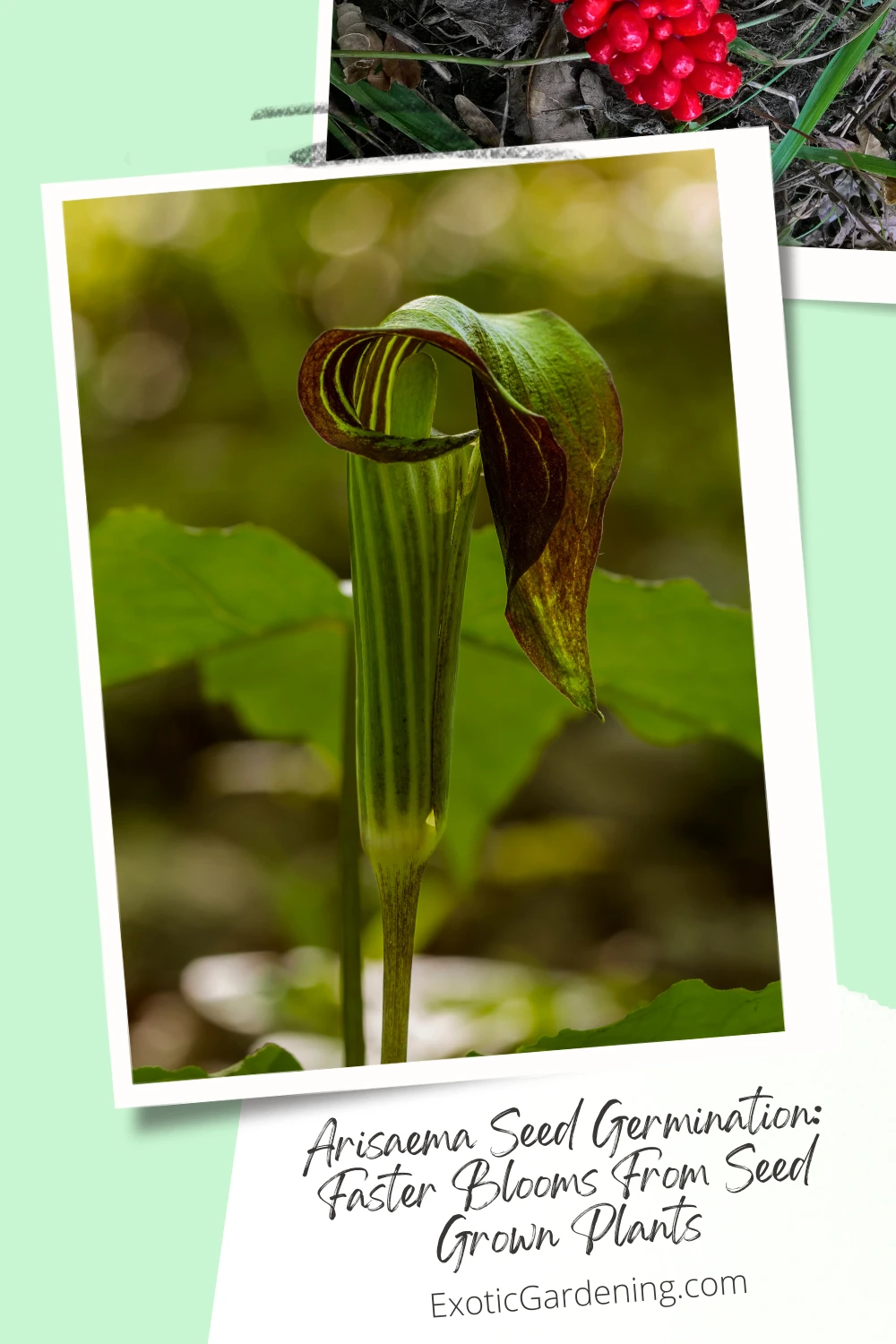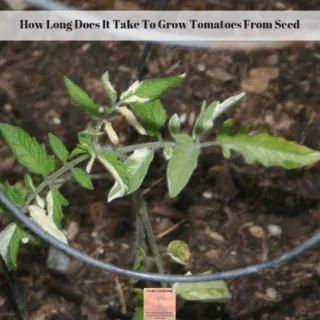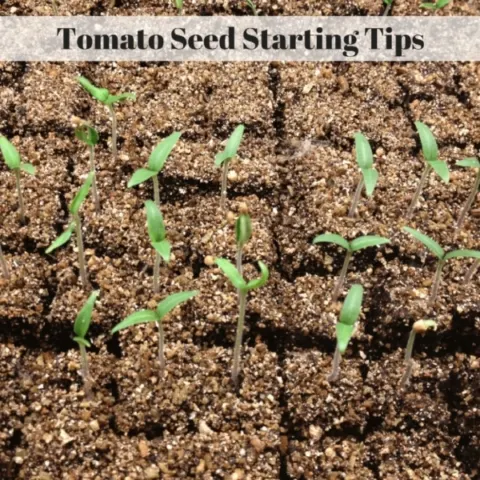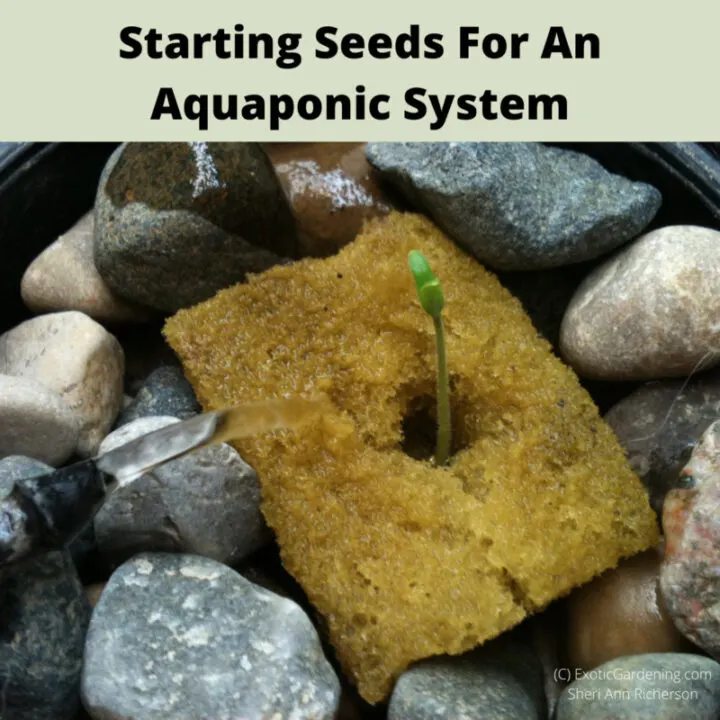Arisaema seed germination can feel like a bit of a waiting game, but trust me - it’s worth it.
If you’ve ever fallen in love with the exotic look of cobra lilies (that’s the common name for Arisaema), you’ll understand why gardeners like me are willing to put in the time.
These aren’t your average garden perennials.
Their unusual leaves, striking hooded flowers, and almost tropical feel make them real conversation pieces in the landscape.
Here in Indiana, I’ve grown several types - some come back faithfully every spring, while others fade away after a few years.
That’s part of the fun (and sometimes frustration) of growing unusual plants: you never know exactly what will thrive until you try.
Starting them from seed gives you a deeper connection to the plant and a little more control over how many you can raise.
Plus, with the right tricks, you can even speed up their journey to bloom.
Germinating Arisaema Seeds
The first step is collecting and cleaning the seeds.
When the berries ripen to bright red, that’s your cue.
Pop them open (wear gloves - the pulp can irritate skin), remove the sticky flesh, and rinse the seeds until they’re clean.
I like to soak them briefly in water to loosen up any clinging bits.
You have two options at this point:
-
Sow fresh seeds right away. Plant them about ½ inch deep in moist, humus-rich soil in a shady spot. Nature takes care of stratification outdoors.
-
Or, give them a cold nap indoors. Place cleaned seeds in a bag with barely damp peat moss and refrigerate for about 60 to 75 days. This cold period mimics winter and often improves germination.
Once planted, seeds usually sprout in 4 to 6 weeks if they’re happy.
Don’t be discouraged if germination is spotty - Arisaema can be unpredictable.
Sow plenty to improve your odds.
Speeding Things Up With Artificial Winters
Here’s where the fun comes in.
Normally, an Arisaema seedling grows one season, then goes dormant for winter.
But you can “trick” the plant into thinking it has lived through more seasons than it actually has.
After that first dormancy, dig up the tiny corms and store them in the fridge at 35 to 40°F for 1 to 3 months.
Keep them in a perforated bag with just a little damp peat so they don’t dry out.
When you replant, they’ll sprout as though spring has arrived again.
Do this right, and you can squeeze in two growing seasons in one year.
It’s a gardener’s hack for shaving a year or two off the time to flowering.
Not every corm will respond perfectly, but it’s worth experimenting if you’re eager to see those first blooms.
Caring for Tubers During Dormancy
If you leave Arisaema in pots, reduce watering as the foliage dies back.
Let the soil dry almost completely, but don’t let small corms shrivel.
For in-ground plants, mulch well in fall to protect them through winter.
In my Indiana garden, native Arisaema triphyllum (Jack-in-the-Pulpit) and hardy Asian species like A. candidissimum do fine with just mulch.
More tender species may not make it unless lifted and stored cool and slightly moist until spring.
Troubleshooting Germination Problems
-
Seeds mold in storage: Too much moisture. Try less damp peat or add a pinch of fine sand for airflow.
-
Seeds won’t sprout: They may need a longer cold period, or they weren’t fully mature when collected. Patience is key - some seeds wait a year before germinating.
-
Seedlings collapse after sprouting: This usually means they’ve gone dormant, not died. Keep the corms safe and they’ll return next season.
Popular Arisaema Varieties
-
Jack-in-the-Pulpit (A. triphyllum): Native to North America, hardy, and reliable. Takes longer to bloom from seed (about 5 years) but naturalizes well in woodland gardens.
-
Striped Cobra Lily (A. candidissimum): Hardy to zone 5, with gorgeous pink-and-white striped flowers. A personal favorite of mine.
-
Japanese Cobra Lily (A. thunbergii ssp. urashima): Compact but dramatic, with a long whip-like spadix. Hardy in zones 5–9.
-
Green Dragon (A. dracontium): Tall and striking, with unique foliage. Native to North America and very hardy.
Each has its own personality.
Some stick around faithfully year after year in my Indiana beds, while others fade away after a few seasons.
That’s part of the adventure of growing unusual plants.
When Will Arisaema Grown From Seed Bloom?
From seed, Arisaema usually take three to four years to reach flowering size.
I know that feels like forever when you’re excited to see those first mysterious blooms.
If you’re the impatient type, you may want to buy a plant that’s already growing so you can enjoy flowers sooner.
But for those of us who love the process, growing from seed is its own reward.
By using tricks like artificial winters, you might shave off some time, but patience is still the best tool in your gardening shed.
The payoff is absolutely worth it.
One day you’ll step outside, notice those unusual leaves unfurling, and then catch sight of that strange, beautiful flower - and in that moment you’ll be glad you waited.
That’s the joy of Arisaema: they teach us to slow down, experiment, and savor the journey as much as the destination.
A Gardener’s Reward
Growing Arisaema from seed is not just about adding another plant to the garden - it’s about embracing patience, curiosity, and a little experimentation along the way.
These plants aren’t fast to reward us, but when they finally do, it feels magical.
Whether you’re fascinated by their exotic flowers, their tropical vibe in a woodland setting, or simply the challenge of raising them from scratch, Arisaema have a way of capturing a gardener’s heart.
Even here in Indiana, where some thrive year after year and others don’t last long,
I’ve found the journey to be worth every moment.
If you’re willing to put in the time and try a few tricks, you’ll be rewarded with one of the most unusual and conversation-worthy plants you’ll ever grow.
FAQ: Arisaema Seed Germination
Q. How long does it take for Arisaema to bloom from seed?
A. Most species take 3 to 5 years, sometimes longer. With tricks like artificial winters, you may speed that up.
Q. Do Arisaema seeds need stratification?
A. Usually, yes. A 2 to 3 month cold, moist period helps break dormancy. Fresh seeds can sometimes sprout without it, but more slowly.
Q. Can I leave Arisaema in the ground over winter?
A. If you’re in their hardiness zone, yes - just mulch well. Tender species may need to be lifted and stored.
Q. Why didn’t my seeds sprout?
A. They may have been immature, dried out, or simply taking their time. Try longer stratification, and don’t give up too soon.
Q. Are Arisaema hard to grow?
A. Not really, once you understand their cycle. Give them moist, rich soil, dappled shade, and respect their dormancy. They reward patience with unforgettable flowers.
Seed Starting
Kickstart your gardening journey with our curated Seed Starting Resources! This handy list is packed with everything you need to grow healthy plants from seed, whether you're a beginner or an experienced gardener. Discover essential tools, step-by-step instructions, and expert tips for selecting the best seeds, preparing your soil, and creating the ideal conditions for germination. From seed trays and grow lights to organic fertilizers and watering techniques, this resource has it all. Perfect for planning your next gardening adventure and ensuring success every step of the way!
How To Plant Brugmansia Seeds
Learn how to plant Brugmansia seeds as well as why you might want to start these fragrant night blooming plants from seed.
Product Review: Burpee Eco-Friendly All-In-One 25-Plant Greenhouse Kit
I gave the Burpee Eco-Friendly All-In-One 25-Plant Greenhouse Kit a try. Learn how to use it and what I thought of it.
Seed Starting: Snapdragon
When it comes to seed starting, snapdragon are pretty easy. You can direct sow snapdragons. Learn about growing snapdragons from seed.
Growing Aristolochia baetica from Seeds: A Detailed Guide for Success
A detailed image of Aristolochia baetica with its characteristic pipe-shaped flower and bulbous base, surrounded by green leaves.





















